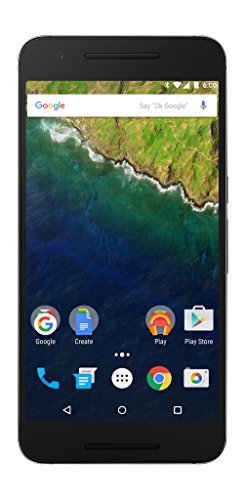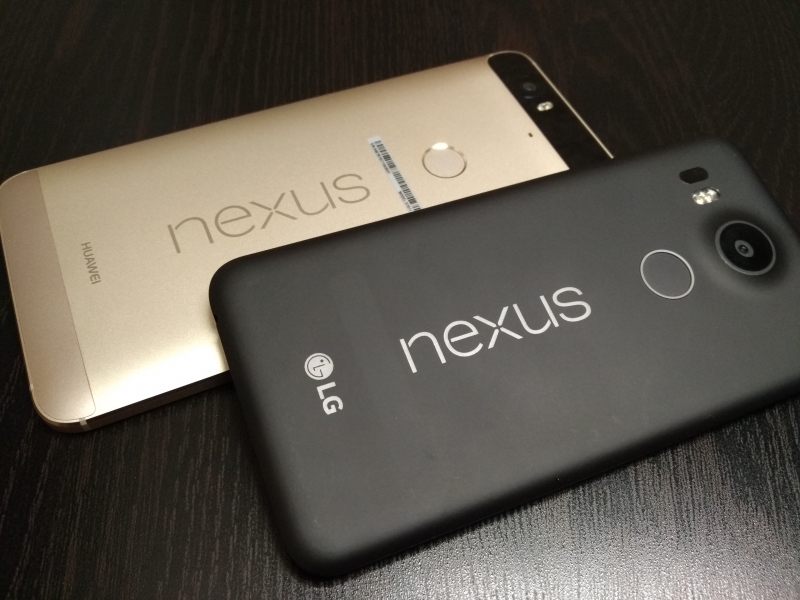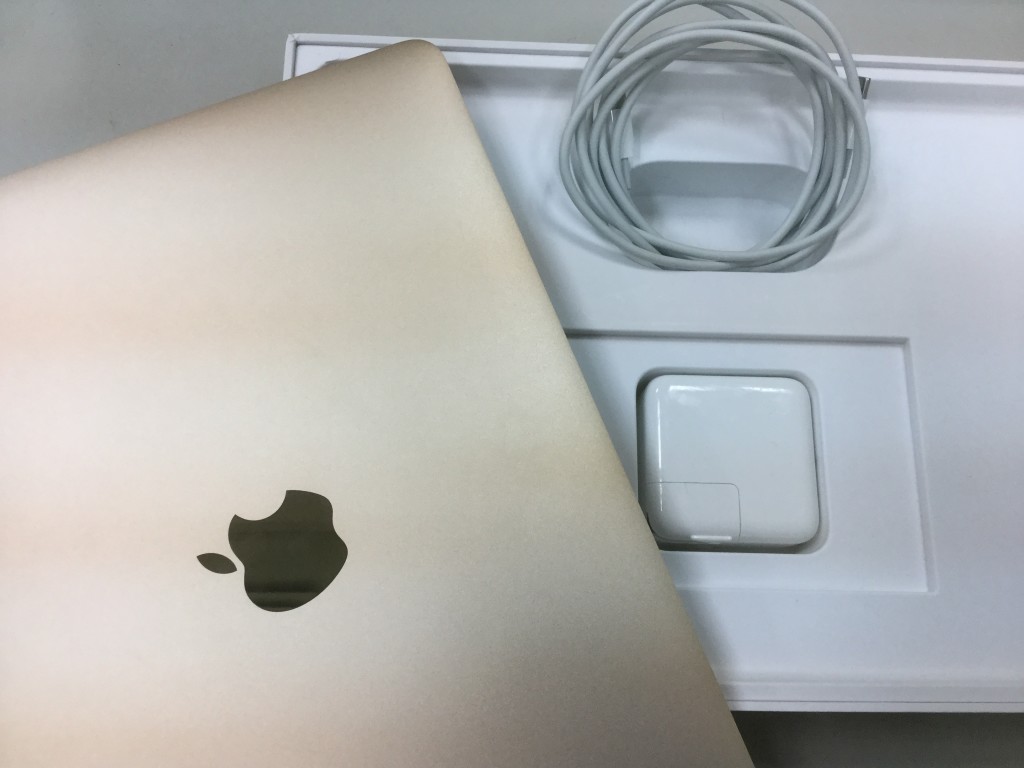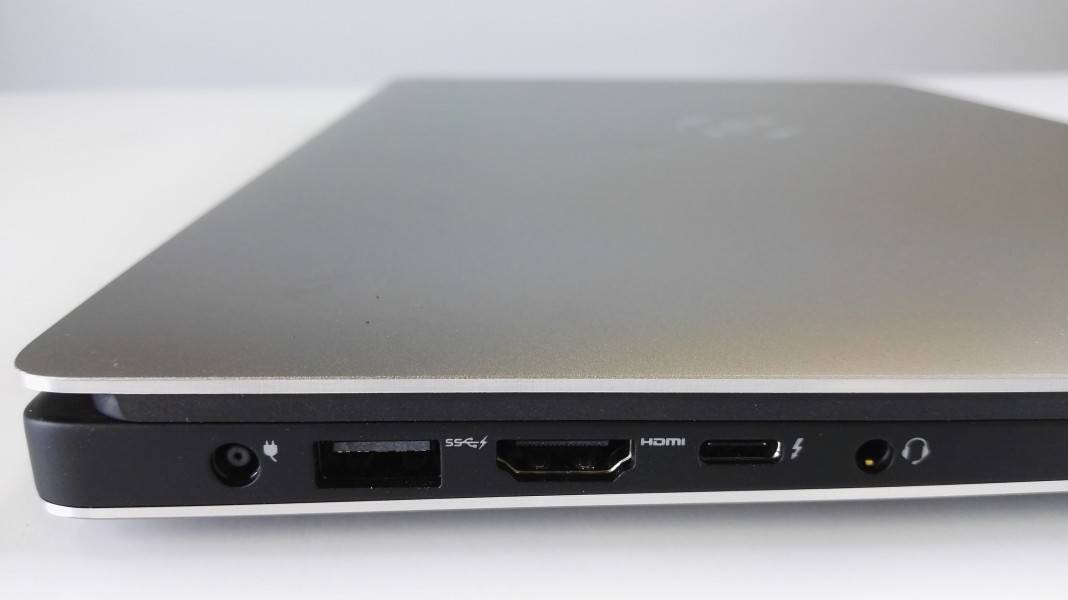The new USB Type-C connector can do everything. It's the only consumer interface standard out there that is small, reversible, multi-protocol, and can power almost any consumer device.
Compared to the cables of old which all had a different connector and fixed purpose, the USB Type-C cable is truly revolutionary in unifying so many standards and functions together. On the other hand, it can be downright confusing since it may not be clear what a product with USB Type-C supports. Identifying and purchasing compliant devices and cables becomes even more important to avoid damaging your Type-C products.
So what are some of the products with USB Type-C out there, what can you do with them, and what can be trusted to use? The main advantages of using USB Type-C
The simplest feature to implement with USB Type-C is just leveraging the reversible USB Type-C connector but only supporting legacy USB 2.0 data transfer speeds. The OnePlus 2 is an example of this type of implementation.
Be careful of using the included OnePlus 2 Type-C cable with other devices since it's non-compliant.
The next feature that is possible to add for USB Type-C is to support higher power chargers (5 Volts 3 Amps) that allow you to achieve much faster charging times compared to non-USB Type-C connector but still only supporting USB 2.0 (480 Mb/s) data transfer speeds. The LG Google Nexus 5X and Huawei Google Nexus 6P are in this class of USB Type-C products.
The Google Pixel C tablet is similar to its Nexus cousins in its support of rapid charging working with 5 Volts 3 Amps power chargers. However, the Pixel C allows USB 3.1 Gen 1 (5 Gb/s) data transfer speeds.
The first products with USB Type-C were from Google and Apple which were heavily involved in contributing to the standard. The Google Chromebook Pixel (2015) and the Apple MacBook (Early 2015). Both these products really showcased what was possible with USB Type-C combining not only power charging and USB 3.1 Gen 1 (5 Gb/s) data transfer speeds, but adding DisplayPort to connect to any TV or monitor.
For real performance, the Dell XPS 15 9550 laptop delivers everything currently possible with USB Type-C including power charging, DisplayPort, but now also supporting up to USB 3.1 Gen 2 (10 Gb/s) and Thunderbolt 3 (40 Gb/s) data transfers. Unlike other USB Type-C products which may or may not use a logo, if you see a Thunderbolt logo that looks like a lightning bolt, you'll know immediately it supports all the possible highest data rates, 4K video, and power charging features offered by USB Type-C.
The USB Type-C interface is set to dominate your smartphone, tablet, and laptop world so make sure you know what your USB Type-C can or can not do. Also make sure you use compliant cables like those from Belkin or else you may cause damage to your devices.
Like your USB Type-C product on Gtrusted.com to see what you can do with them and keep up to date on what other Type-C cables and products can be trusted to be use with it.
 GTrusted
GTrusted
































